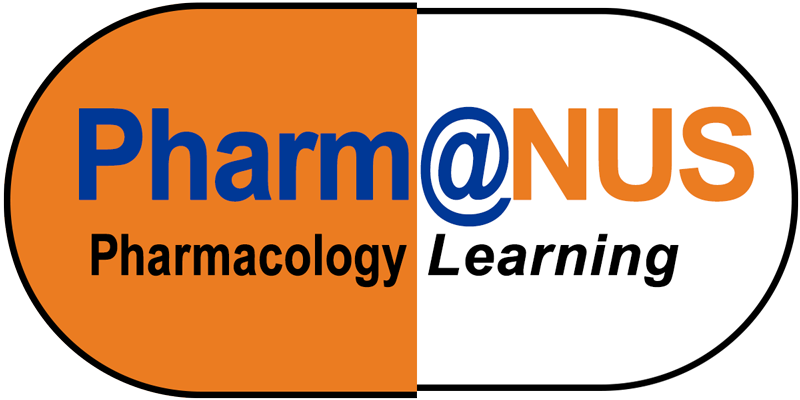If cysteinyl-leukotriene receptor antagonists such as montelukast can relax the airways, why is it that the 5-lipoxygenase inhibitor, zileuton, does not produce any clinically significant bronchodilation?
Montelukast and other cysteinyl leukotriene (CysLT) receptor antagonists are unique among the anti-asthma drugs in that they are used clinically both for their anti-inflammatory and their bronchodilator effects. They are weak bronchodilators compared to the beta-2 agonists. They can not be used for relief of acute asthma attack because their effect is too weak and their onset of action is too slow. Nevertheless, they do have some bronchodilator effect because they block CysLT receptor-mediated bronchoconstriction. But CysLT receptor antagonists are weak bronchodilators because the CysLTs are just one of many signals triggering bronchoconstriction.
Zileuton is an inhibitor of the 5-lipoxygenase (5-LOX) enzyme necessary for the synthesis of the leukotrienes, including the CysLTs. So, if zileuton prevents the production of CysLTs, why does it not produce clinically significant bronchodilation? In fact, zileuton does produce some bronchodilation but not enough for it to be clinically useful as a bronchodilator. In theory, if zileuton was given at a sufficiently high dose to block all production of the CysLTs, one would expect that zileuton could achieve the same degree of bronchodilation as the CysLT receptor antagonists. In practice, however, this is not possible as side effects become the limiting factor in giving high doses of zileuton since it inhibits 5-LOX, and so blocks production of all the leukotrienes. Thus, within the clinical dose range, zileuton has anti-inflammatory effects but does not have a sufficient bronchodilator effect to be considered as a bronchodilator clinically. Zileuton does not inhibit either the early reaction acute bronchoconstrictor response or the late reaction to inhaled antigen and irritants. It is therefore not useful clinically as a bronchodilator.
What about the bronchodilators that have anti-inflammatory effects? Why are they not also considered to be dual-use bronchodilator and anti-inflammatory drugs?
Some of the bronchodilators do produce some beneficial anti-inflammatory effects. But these anti-inflammatory effects are nowhere near strong enough for these drugs to be used alone as preventers in the treatment of asthma. For example, both beta-2 agonists and theophylline stabilise mast cells, reducing mast cell degranulation, and reduce microvascular leakiness, thus reducing airway oedema. These are anti-inflammatory effects, but they are not sufficiently strong anti-inflammatory effects for these bronchodilators alone to prevent the ongoing inflammatory disease and airway remodelling. Hence, these bronchodilators are not considered to be anti-inflammatory drugs in the treatment of asthma.
